Forest Veterinary Centre News / Blog

As we head into the festive season, we want to reassure you that we will still be here for you and your pet, however, with some slightly different opening hours than normal.
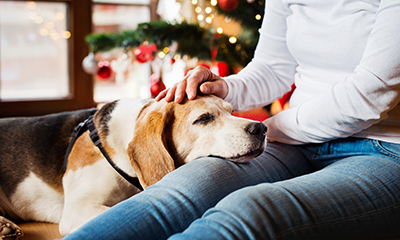
Caring for your senior pet
A dog or cat is considered senior after around 7 years of age, depending on the breed. Their needs may change as they get older, and you may need to care for them in different ways and make things more accessible. A senior pet may need more rest and comfort. They may also need easier access to their bed, food and water, especially if they develop arthritis or hip dysplasia. As every pet is unique, they show signs of ageing differently so it’s important to make some considerations where you can.

What does antibiotic resistance mean?
Antibiotics can be effective at treating bacterial infections. However, over time bacteria can evolve to become resistant to some antibiotics, making them less effective. The more we use antibiotics then the more quickly bacteria may adapt.

Alabama Rot, also known as Cutaneous and Renal Glomerular Vasculopathy (CRGV), is a rare but serious and potentially life-threatening disease that affects dogs. While it's relatively rare, it's crucial for dog owners to be aware of this condition, understand what it is, and learn how to protect their furry companions from it. In this blog, we'll delve into what Alabama Rot is, its symptoms, and most importantly, how you can take preventive measures to keep your beloved dog safe.
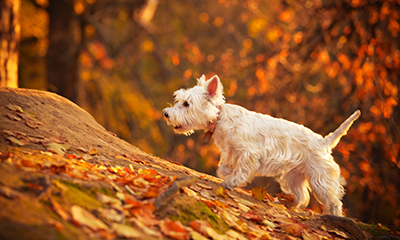
Navigating autumn’s hidden hazards: Can dogs eat conkers?
As the vibrant autumn leaves begin to fall, our canine companions eagerly join us in exploring the wonders of autumn. Amidst this picturesque backdrop, one common autumn sight is the iconic conker - the intriguing, shiny chestnut-like seed from horse chestnut trees.
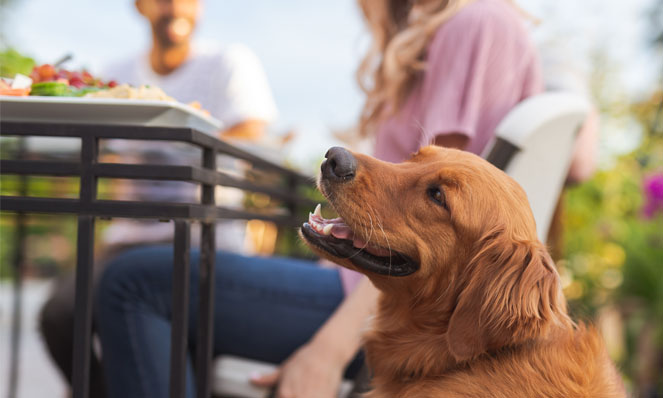
Our Guide to Knowing The Dangers of Corn and When You Should Visit Your Local Vet
We all love to share a delicious BBQ with our furry friends, but is it really safe to share some of our favourites, such as corn on the cob, with them? Here we explore the potential risk factors of sharing our classic summertime favourite with our dogs. Ensuring your pup’s health is our priority, so explore more to understand the dangers that corn on the cob poses to them, and when you should seek advice from Forest Veterinary Centre.
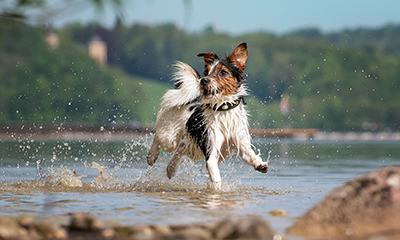
Many dog owners enjoy spending time at the beach, allowing their furry friends to frolic in the waves and enjoy the sun. While the beach can be a fun and refreshing experience, it's important to be aware of the potential dangers, including saltwater poisoning. If your dog ingests saltwater, it can lead to significant health issues if not addressed promptly. At Forest Veterinary Centre, we explore the symptoms of saltwater poisoning in dogs to help you recognize the signs and take appropriate action to protect your canine companion's well-being.
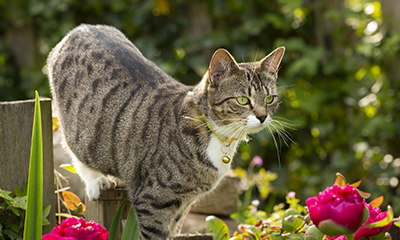
Lilies are a favourite flower of many, often adorning our homes and gardens. However, many pet owners are unaware of the significant danger these flowers pose to their beloved furry friends. While lilies may seem harmless, certain species can be highly toxic to cats and, to a lesser extent, dogs. In this blog post, we will explore the dangers of lily poisoning, common symptoms to watch for, preventative measures, and what to do if you suspect your pet has been exposed.
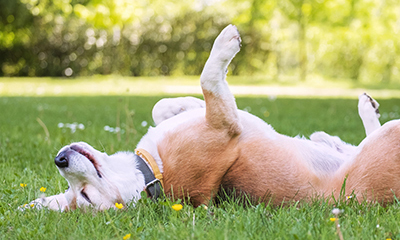
While summer brings plenty of outdoor adventures and quality time spent with your pets, it also presents some unique hazards that pet owners need to be aware of.
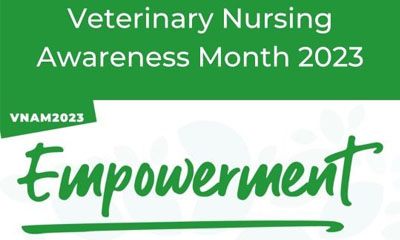
For the month of May we are celebrating our wonderful veterinary nurses and what empowers them to be great at what they do.

